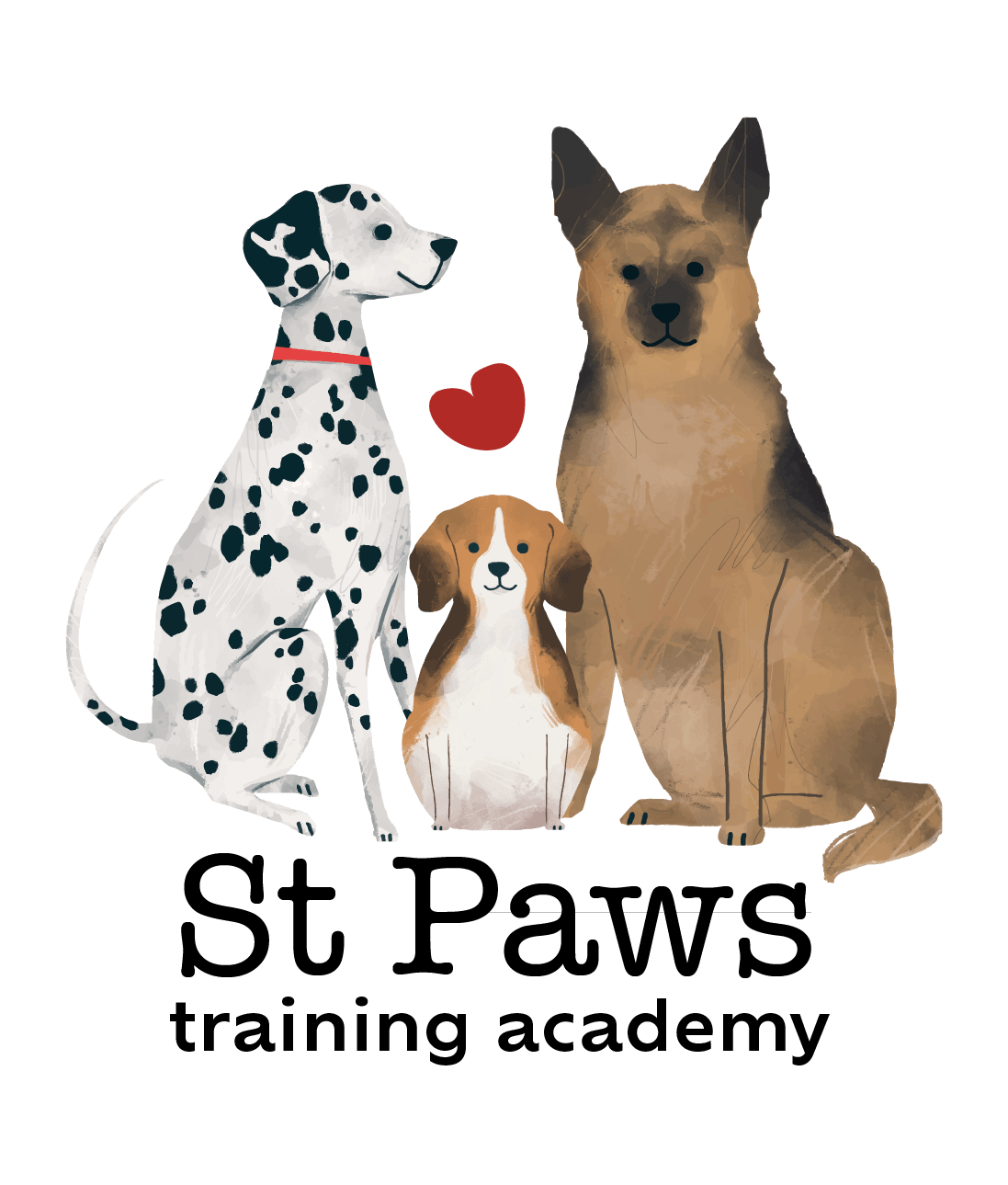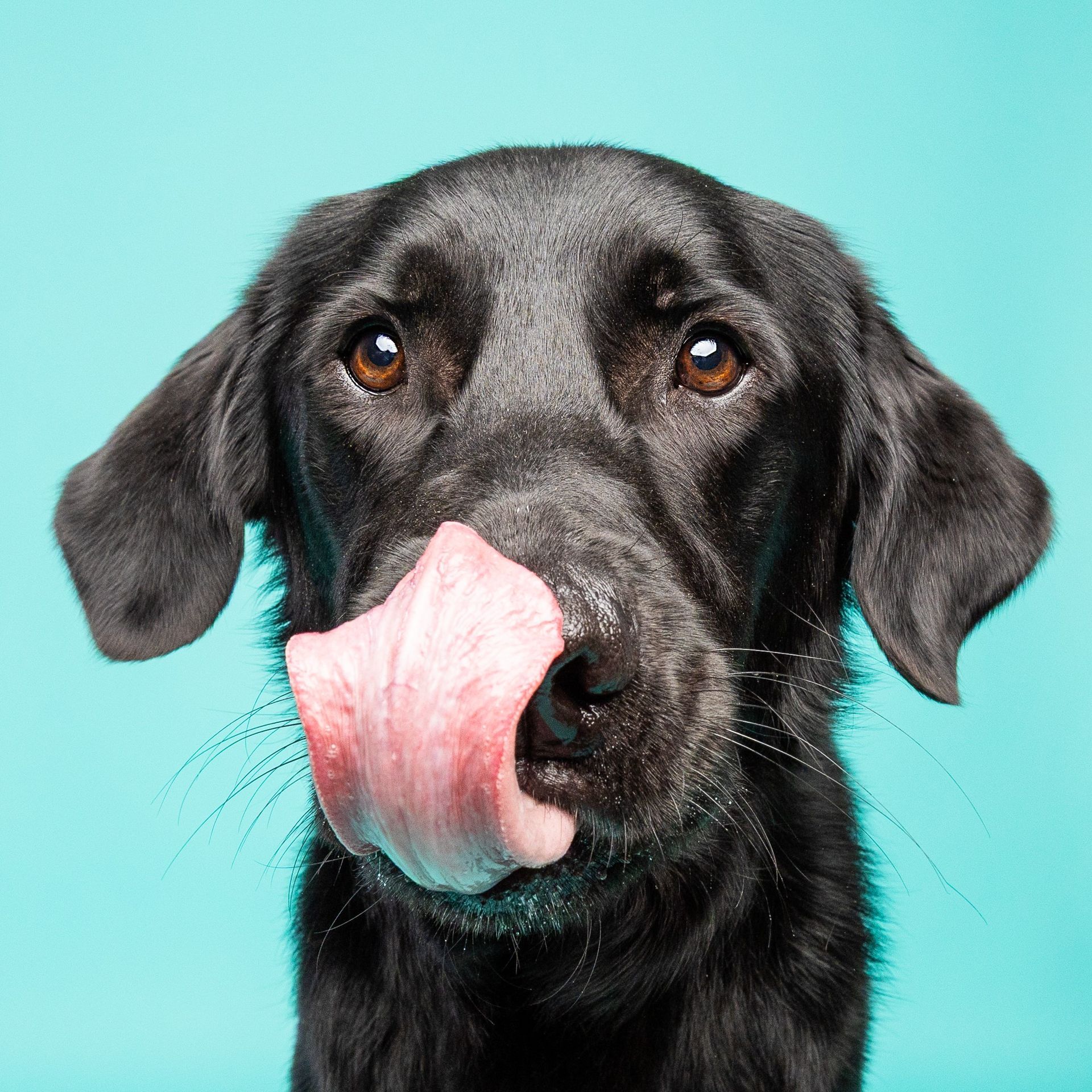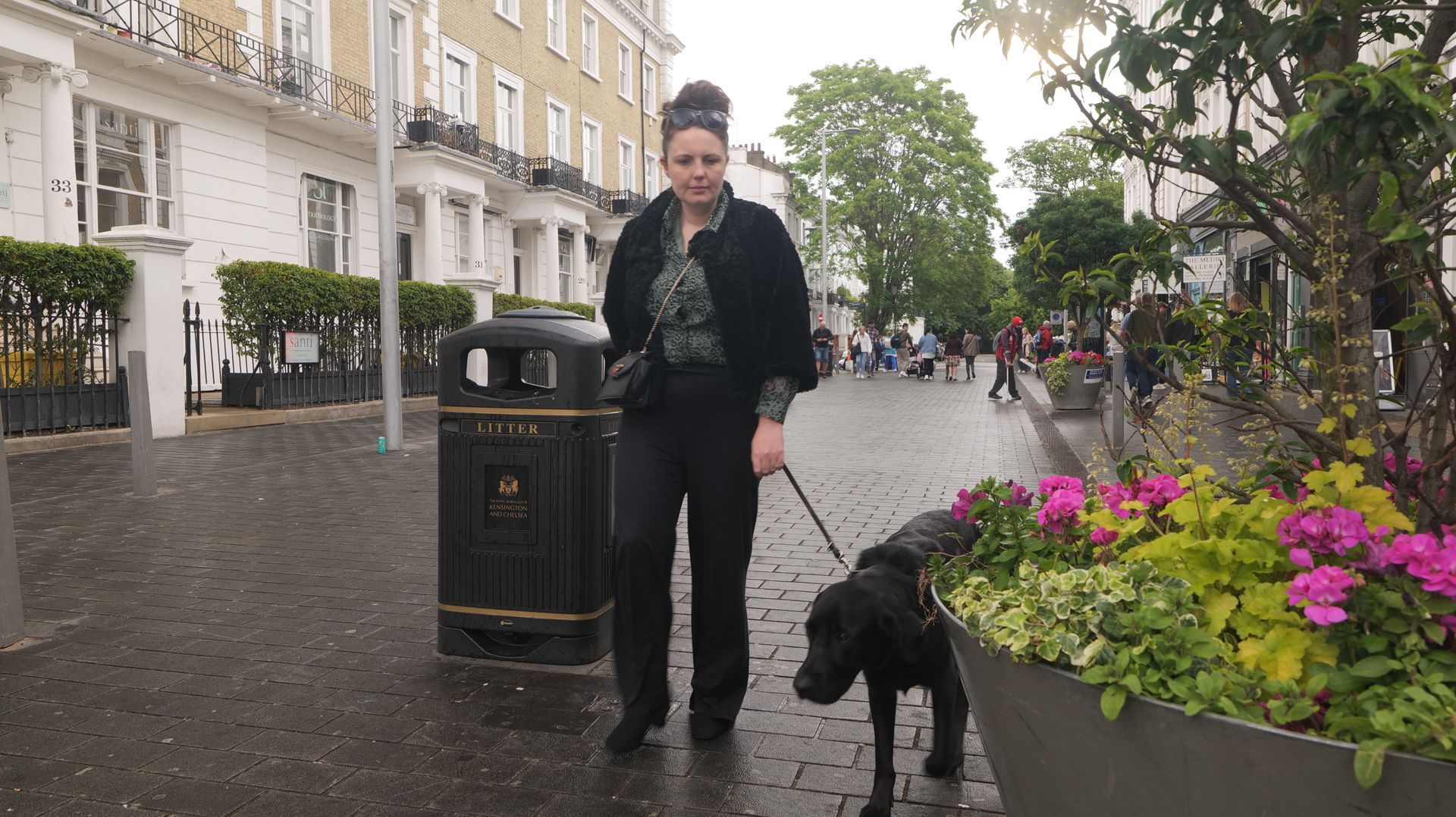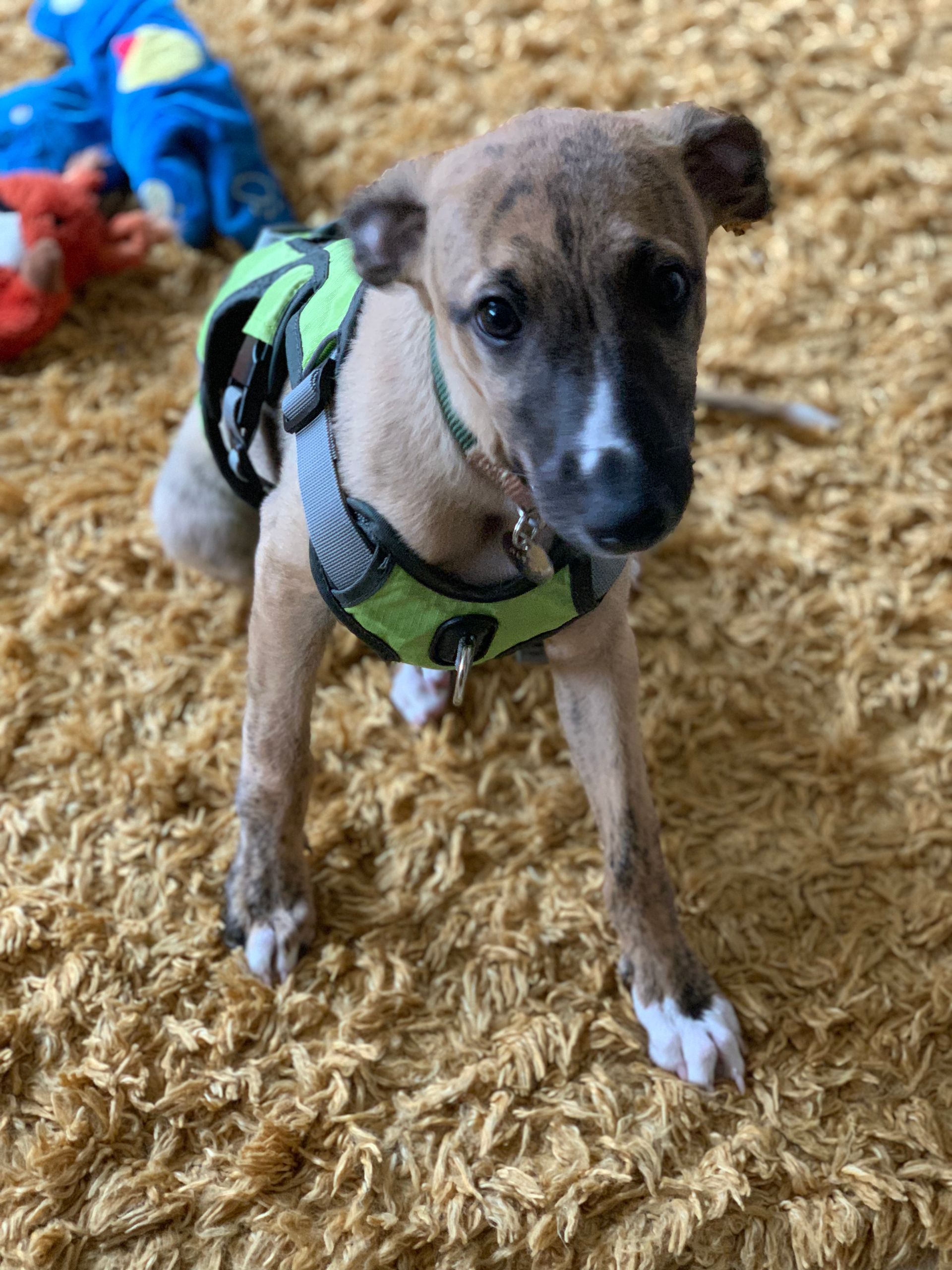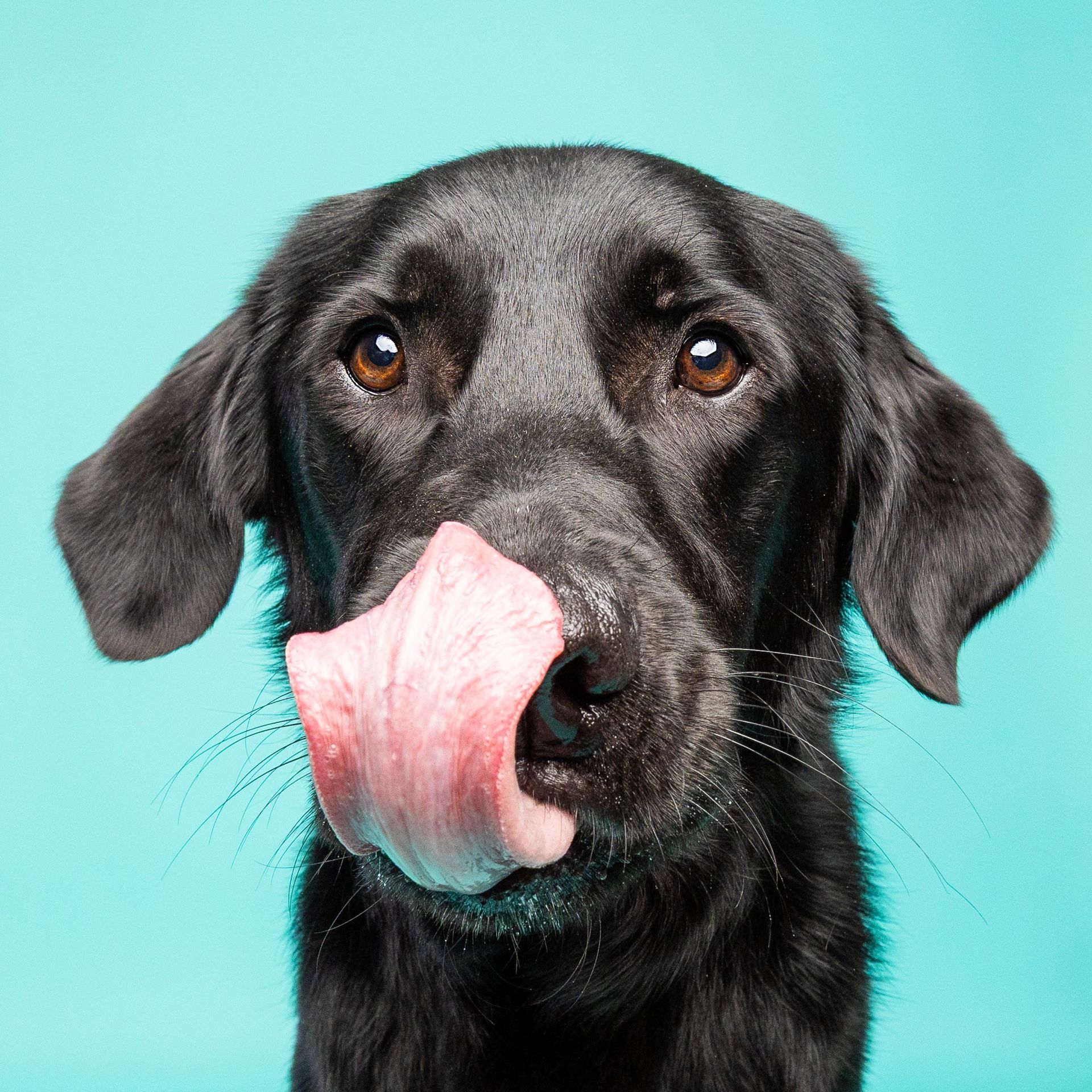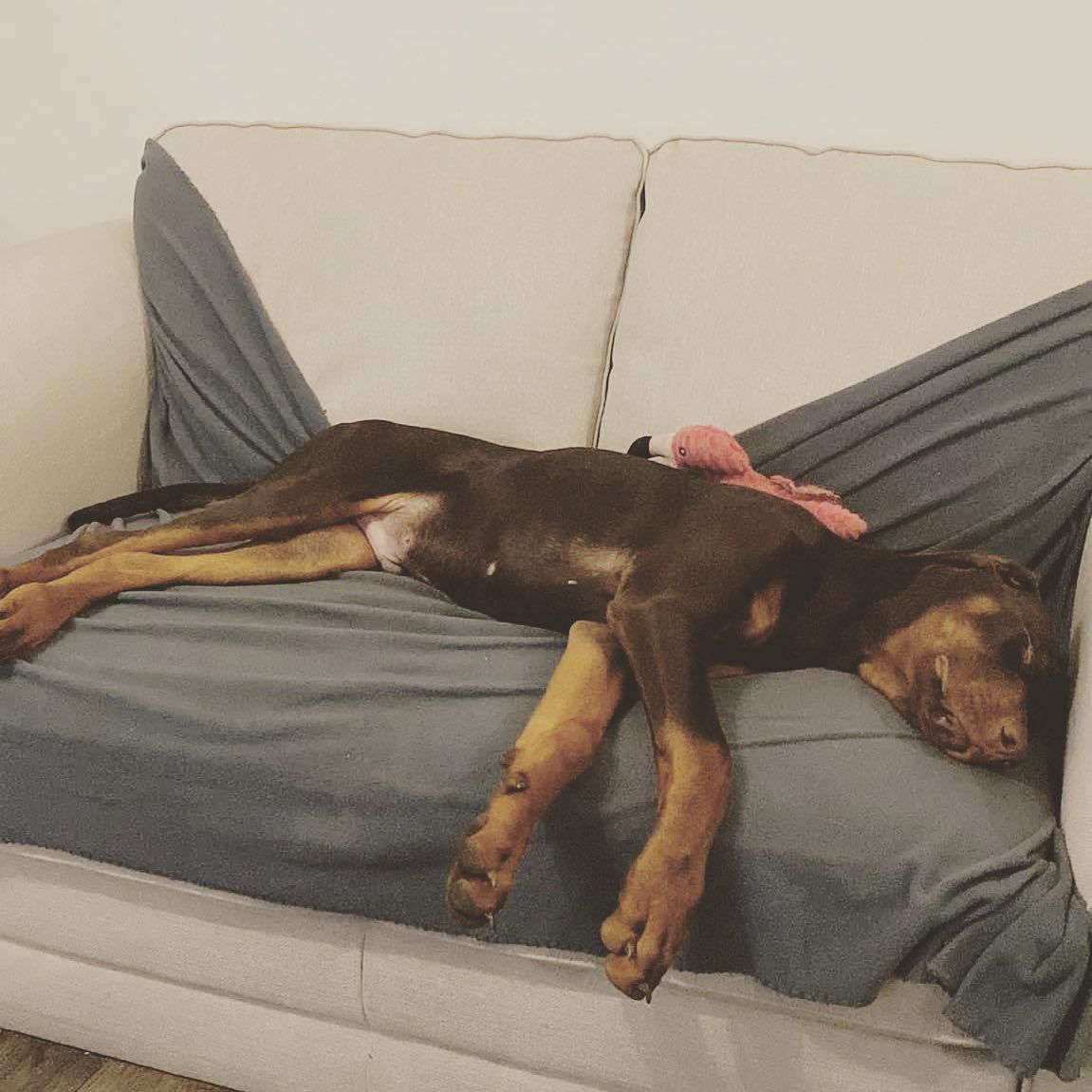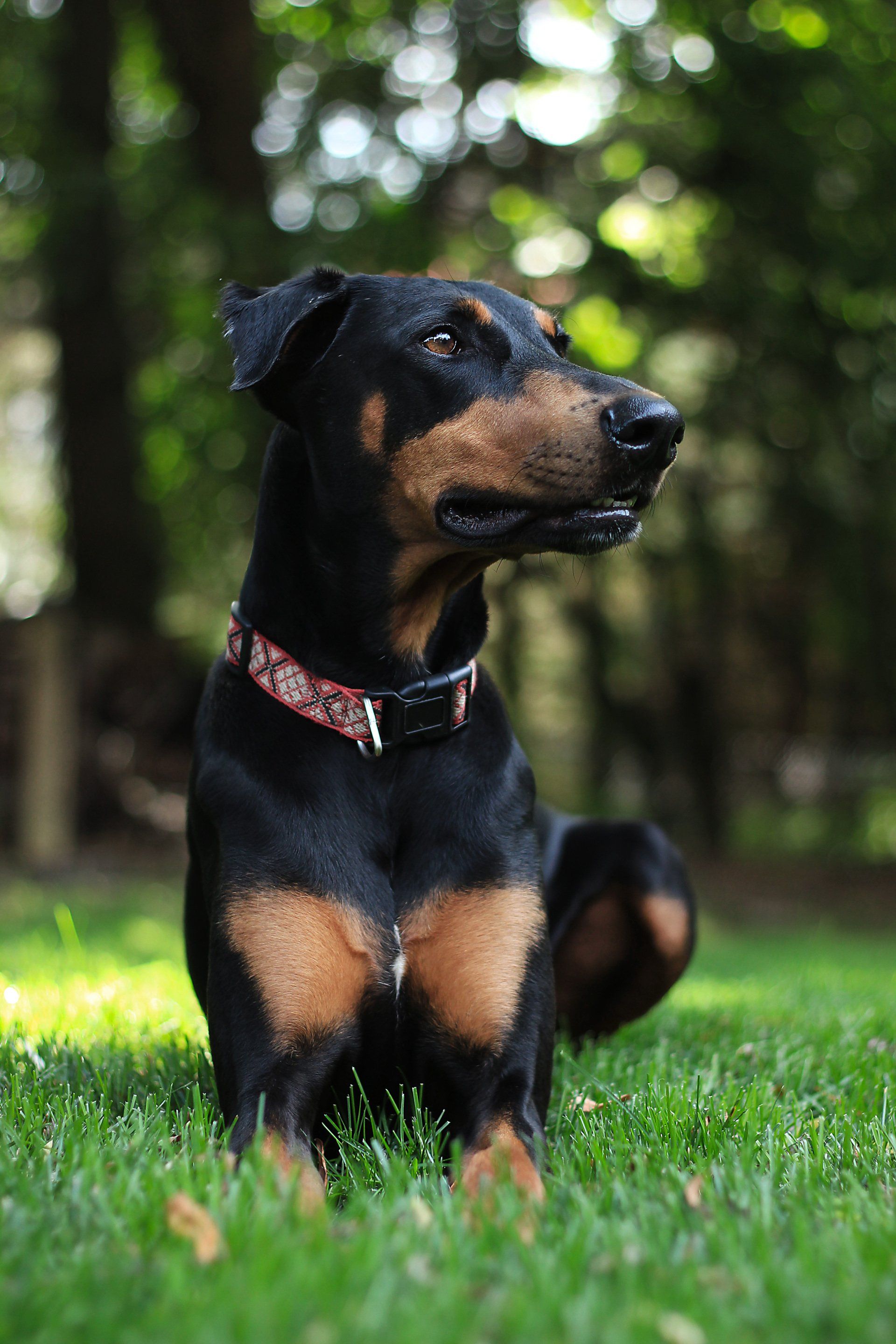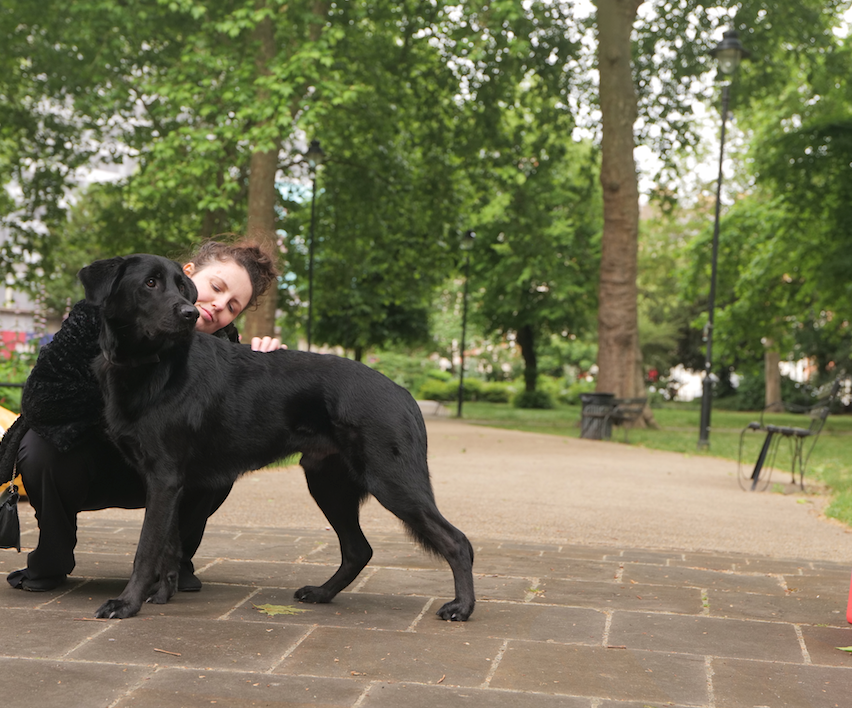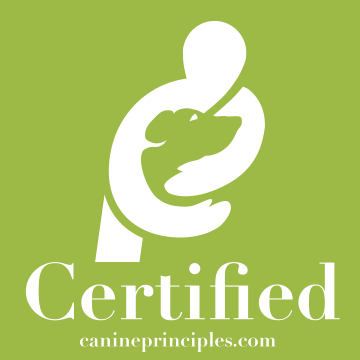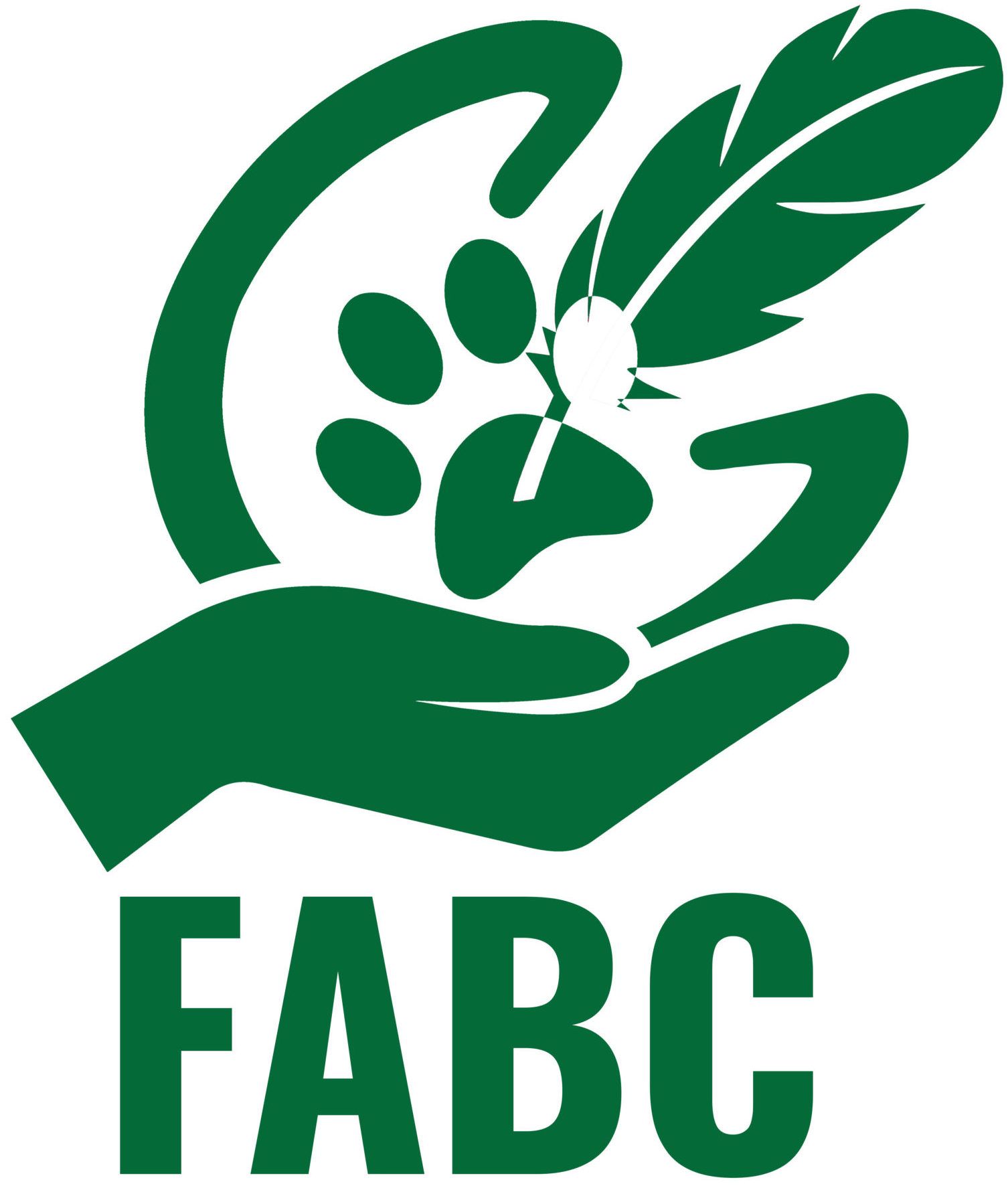How to survive living with a puppy and child (without loosing the plot!)
Instagram may mislead you into imagining that children and puppies are a wonderful mix and your days will be filled with snoozing puppies and trips to the park amidst the daffodils. Just like many things on Instagram, expectation vs reality are very different!

Instagram may mislead you into imagining that children and puppies are a wonderful mix and your days will be filled with snoozing puppies and trips to the park amidst the daffodils. Just like many things on Instagram, expectation vs reality are very different!
Here are some real aspects of having a child and a puppy and what to consider
Growling
A dog may growl for a number of reasons. Though it’s upsetting, we should not punish a growl by shouting at a dog. Think about the situations the growled occurred – was it an area that was touched, was it a bottle neck area (I.e between the sofa and table), was the child invading the puppy’s space – did they have a toy, chew, or were they resting? Considering this information can help you prevent this. Growling is a sign that the dog is feeling worried.
A safe space
It’s imperative that a puppy has a safe space to move away from interactions and not be bothered in. A child should never climb into a crate if the puppy is in there or not.
Prepping for handling
It’s really important to habituate a puppy to handling on the body. Doing this in stages is key and pair each touch with something very tasty.
Alternative outlets for your child
If your child likes dressing up, getting them a doll or dragon they can dress up can be helpful. Dressing up a puppy can lead to the puppy feeling overwhelmed and frustrated and they may nip. Also if a puppy has dog clothes on you won’t be able to see their body language.
Chew toys including long dangly toys to grab hold of
Puppies need opportunities to chew otherwise they will find their own things to chew on.. that could be tables, chairs, or our clothes, or our children’s toys. Puppies explore the world with their mouths so they will pick up lego, shoes and other items if its accessible.
Co-operation not control
Children mimic each other and adults around them. If they see you pulling your dog off the sofa by the collar they will do that too. Teaching a dog a down or a touch is a much better way of encouraging them to co-operate in training and can help prevent handling issues.
Puppy classes are great for all the family to attend with their puppy. I host them in St Albans.

